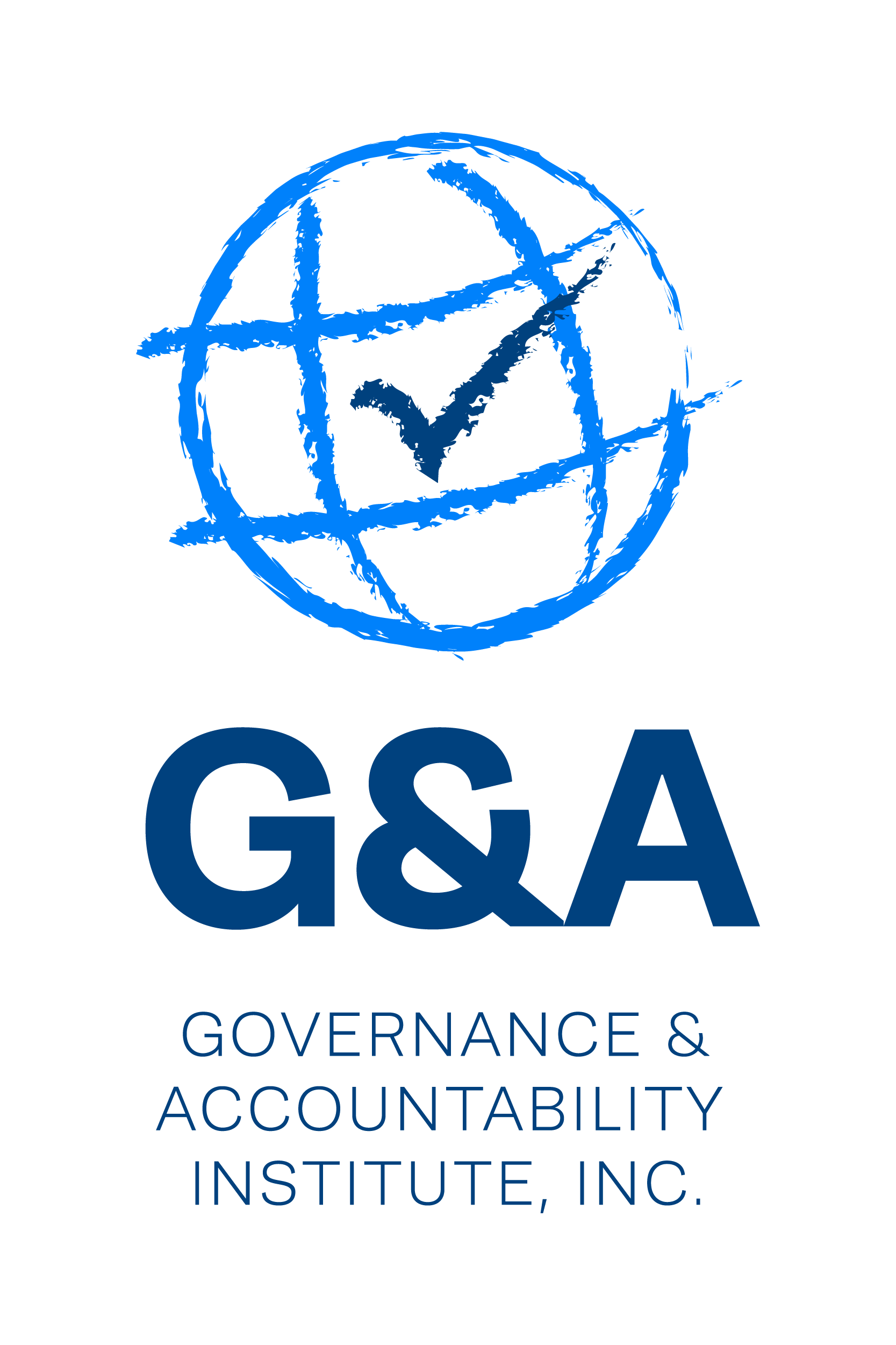For the Board Room and C-Suite, Questions and Advice From the Harvard Business Review and ESG and Sustainability
G&A's Sustainability Highlights (06.11.2019)
For the Board Room and C-Suite, Questions and Advice From the Harvard Business …
Corporate managers & executives: is your board “sustainability/ESG fluent”? And if not – why not?
Attorney Silda Wall Spitzer and John Mandyck, CEO of Urban Green Council, writing in Harvard Business Review explain that while “some” board members have become increasingly “sustainability/ESG fluent” many companies [still] don’t expect their directors to understand sustainability or ESG and don’t provide board room education on the subject matter.
Those enterprises are at a competitive disadvantage, the authors believe.
An important game-changer for the board room and C-suite to understand is the profound influence of ESG as investment professionals (institutional asset owners and their management firms) increasingly use ESG data, ratings, rankings, and scores to analyze their portfolio holdings (and screening prospective investments).
These ratings, rankings, scores and comprehensive ESG profiles provide a foundation of corporate ESG data and information from the independent ratings agencies that the asset owners and managers use to refine their models and portfolio management policies and practices.
The HBR authors explain the basics of this for the publication’s broad management audience – those men and women at the top of the corporate pyramid who should be aware of, understand and be focused on their company’s ESG strategies, actions and outcomes (or current lack thereof!). The company’s sustainability scores provided by third party organizations are based on corporate disclosure and performance in three main categories (environmental, social, governance).
Here at G&A Institute we see the leaders in large-cap space embracing sustainability / ESG as evident by the results of our annual survey of the S&P 500 Index® companies’ sustainability & responsibility reporting. From about 20% eight years ago, we now find 86% of the 500 large-cap firms publishing such reports, many using very innovative and robust approaches.
We’re seeing that the mid-cap and small-cap companies are catching on to the trend and beginning their own sustainability journey that will result in still broader disclosure and reporting. But not all mid- and small-caps are on board yet. This is an area of tremendous opportunity for leadership by companies who make the first move in their sectors and differentiate themselves from their peers.
In our conversations with managers at companies just starting out on their sustainability journey (or contemplating same), we explain that there is already a “public ESG profile” of the company being studied by investors -- perhaps by a good portion of the company’s current owner base, depending on the size of the company (market cap), geographic, sector or industry classification.
The scattered elements of the existing public profile come from the company’s financial filings, regulatory filings (such as for environmental data), financial and other analyst reports, the company’s web site postings, ESG “brochure-type” reports -- and a host of ratings and scores created by the ESG ratings providers and used by investors.
There are more than 200 such ESG / sustainability ratings organizations of varying size and type. The major influencers for institutional investors include ESG raters such as MSCI, Sustainalytics, and Institutional Shareholder Services (ISS), and ESG data providers such as Bloomberg and Thomson Reuters.
What directors and executives of all public companies need to understand is that important decisions about their companies are being made in large measure now by the foundational work of these organizations and their many peers around the world. And if the company does not tell the story of its sustainability journey, others will (and are).
The work of the ESG ratings firms also can affect company-customer relationships; employee recruitment and retention; business partnerships and collaborations; relations with civic leaders and the communities the company operates in; for global players, the countries they operate in; the stock exchanges their issues trade on; their insurers and re-insurers views of the enterprise…and other aspects of corporate finance.
While “ESG” and “sustainability” may be seen as touchy-feely and “non-financial” concepts in some board rooms and C-suites, the material ESG issues are really about the company’s risk management profile, the quality of leadership at the top, competitive advantage, sustainability in the traditional investment view (the company has lasting power and is a long-term value proposition), and more.
As for being “non-financial”, the HBR authors point to a Harvard B-School study that found that $1 invested in a company focused on ESG resulted in $28 return vs. $14 for those companies not yet focused on ESG. What director would not want to brag about this kind of achievement that is real and financial? It’s time to stop thinking of ESG as being touchy feely and squishy!
The HBR commentary is good basic overview for directors to help them understand the role of the board in overseeing and helping to shape the strategies and actions that will comprise their company’s sustainability journey.
Author Silda Wall Spitzer is the former First Lady of New York State and co-founder and CEO of New York Makers, which curates NYS-made gifts and events that “define New York State”. She is a former private equity director. Information at: https://newyorkmakers.com/
Co-author John Mandyck is CEO of Urban Green Council; its mission is to transform buildings in New York City and around the world through research, convening, advocacy and education. More information at: https://www.urbangreencouncil.org/aboutus
This is just the introduction of G&A's Sustainability Highlights newsletter this week. Click here to view full issue.

